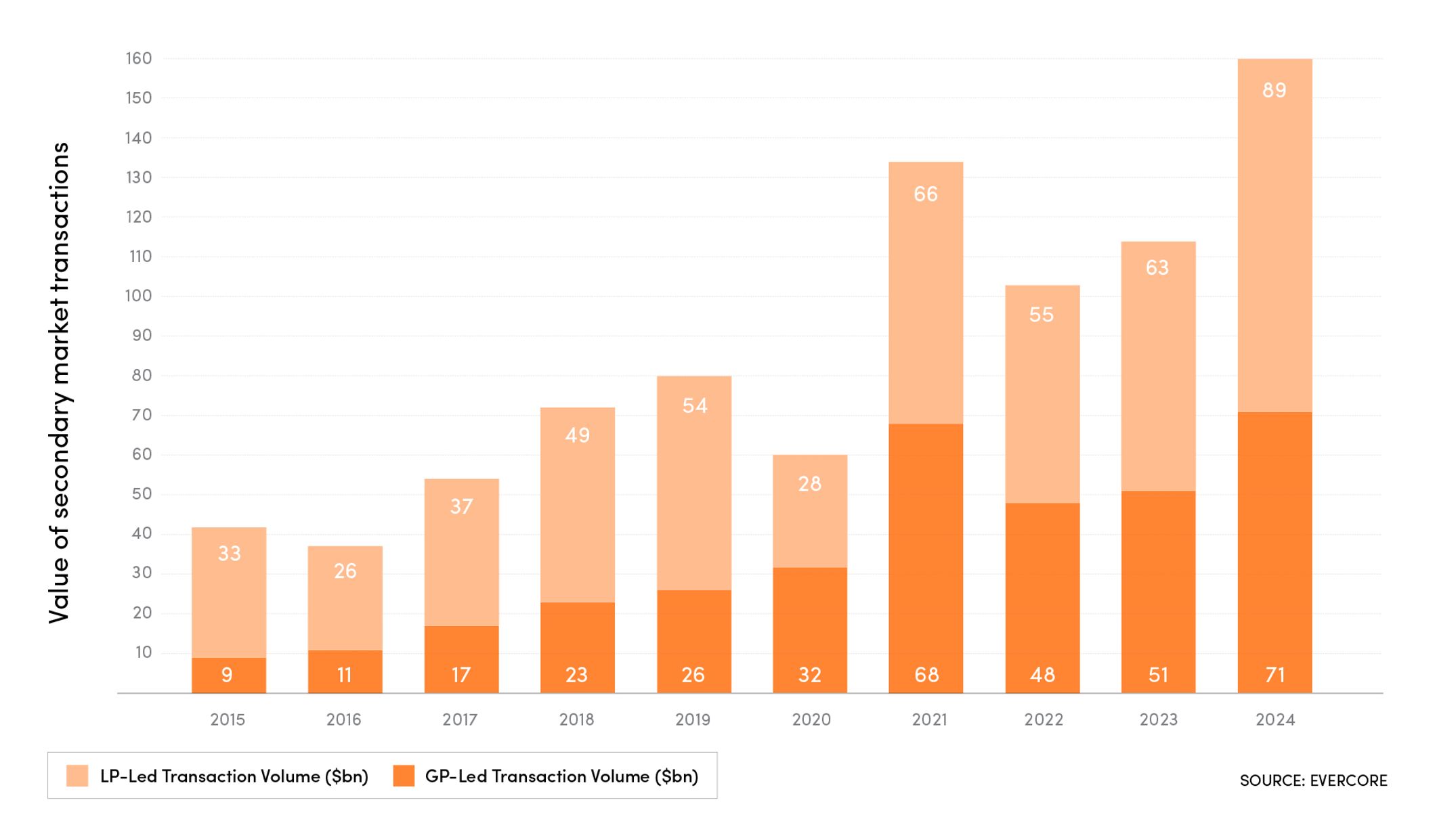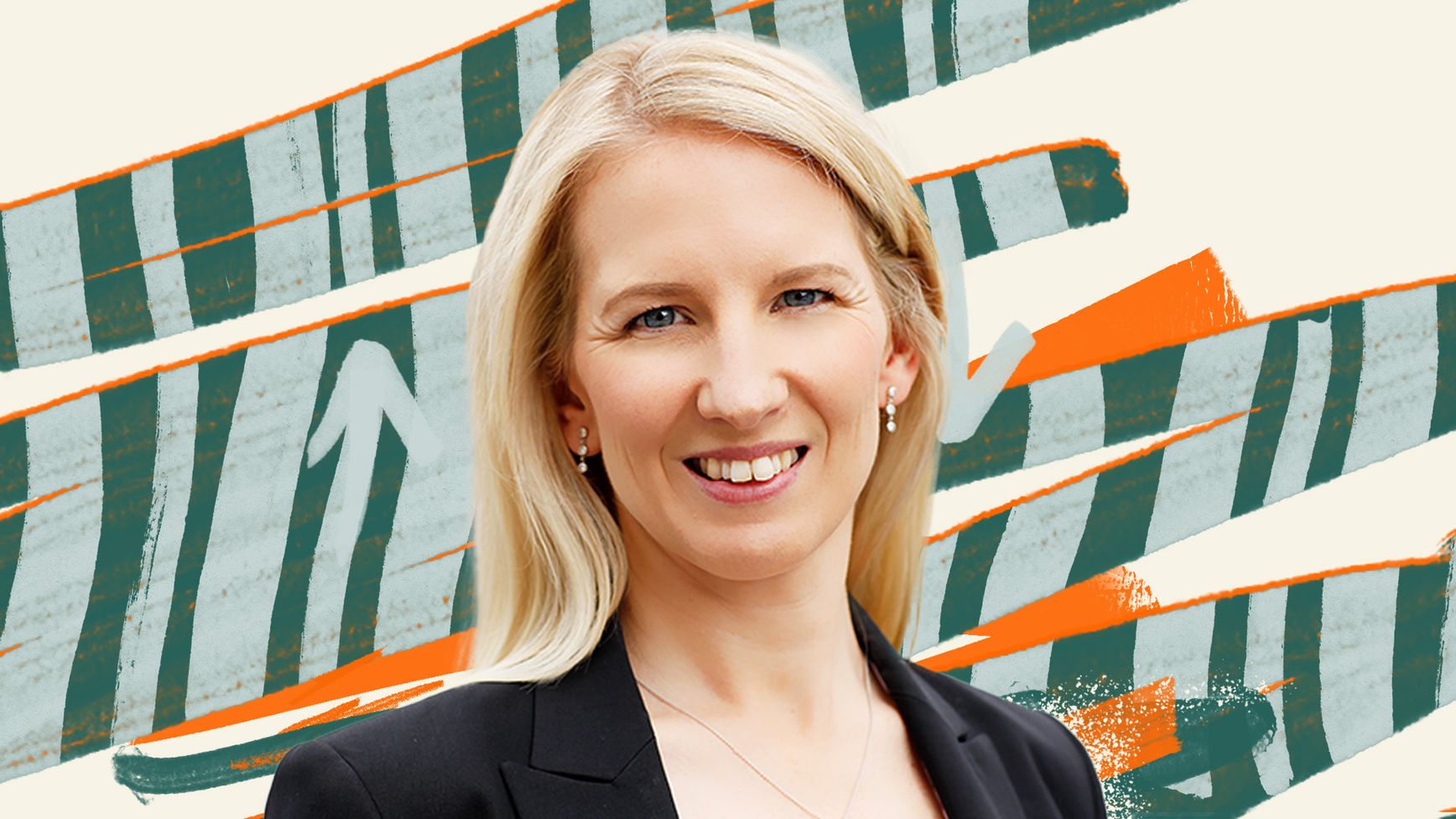William Vettorato: Evergreens And Secondaries: Long-Term Fit or Short-Term Fix?


“Abandon all hope, ye who enter here.” – Dante Alighieri
Dante’s inscription above the gates of Hell could well have described the perception of the secondary private equity market in the early 1990s. At the time, secondaries were seen as a refuge for distressed or disillusioned investors - those seeking an early exit from long-term commitments. Transactions were often marked by deep discounts and limited transparency, and the market operated at the margins of private equity. Secondaries were viewed as a last resort, tainted by necessity rather than driven by foresight.
Fast forward to today, and that perception is medieval history. The secondaries market has grown more than sixfold since 2013 to become a $160bn powerhouse – institutionalized, strategic, and by many essential for managing liquidity, rebalancing, and tail-end exposures.
Secondaries have long played a meaningful role in many evergreen fund strategies, serving as valuable tools when used thoughtfully. The relationship between the two has always been structural and symbiotic. But recently, something changed. Some evergreens are perceived as being increasingly reliant on secondaries, particularly discounted LP-led, to meet deployment needs and show immediate performance uplift.
It’s important to distinguish between effective and misguided applications, as when used without care, secondaries can potentially be detrimental in an evergreen context. Let’s start with some background.
Secondaries in a nutshell
At its core, the secondaries market is split into two: investor-led and manager-led. Investor – or limited partner (LP)-led – involves LPs selling stakes in one or more funds to generate liquidity, rebalance portfolios or resize the overall portfolio commitment. These deals often trade at a discount, over 35 percent for tail-end, low-quality and small portfolios; under 5 percent for early-stage, high-quality and large holdings.
Manager, also known as general partner (GP)-led, by contrast, are initiated by GPs looking to preserve ownership of prized assets through continuation vehicles. These typically price near to net asset value (NAV) and even at NAV for high-quality transactions with a strong sponsor alignment.
Historically, LP-led deals have dominated the secondaries market. That trend has slowly changed, however, as investors have gotten used to both deal types. Last year, GP-led deals accounted for close to half of all secondaries transactions.
The rise of evergreens
Parallel to this transformation, another innovation has flourished: evergreen funds, which are designed to offer perpetual capital and flexible liquidity, and have grown dramatically thanks to lower minimum investment thresholds that appeal to individual investors.
Hamilton Lane estimates that evergreen funds account for around 5 percent of overall private markets and will likely grow to 20 percent of all assets under management by 2035. Evergreens, just like secondaries, serve a crucial purpose: providing liquidity to illiquid investment strategies.

How to best combine secondaries and evergreens
Secondaries can, in theory, play a meaningful role in evergreen portfolio construction by enabling faster deployment across vintage and manager-diversified content.
Older investments are often already in – or approaching – their value-creation phase, helping to soften or even bypass the typical J-curve model, which dictates that PE investments take several years before they show a positive return. When purchased at a discount, these secondaries can be marked up to NAV, creating for the evergreen an immediate performance uplift, whose magnitude depends on the discount size and transaction weight in the portfolio.
However, the key phrase is: in theory. In practice, these benefits come with caveats. None are guaranteed, and when misapplied, they can become risks.
Older vintage doesn’t mean better quality, and J-curve mitigation only holds if the underlying assets perform. Fundamentally, the price at which the secondary trades in the market is set by a third party, which often faces the hard task of pricing multi-manager content while being shaken by the prevailing market conditions like a sailor in the open sea. This mispricing risk demands our full attention.
If the discount is not correctly calibrated, what today seems an immediate performance uptick might hide and generate sticky losses in the future.
Moreover, performance goes beyond mispricing – it’s also about scale. As evergreen vehicles grow, the hunt for high-quality, discounted deals becomes even more challenging. The pool of attractive opportunities narrows, while the need for size increases.
Another critical point is that maturity does not equal liquidity.
If quality is lacking or markets are stressed, aged assets simply won’t trade unless material discounts are accepted. The bottom line? Liquidity from secondaries strongly materializes when the assets are high-quality and well-priced, and the market is shifting back into a transactional gear. Everything else is just noise.
No silver bullet
The truth is, secondaries only work when the assets are well-known, deeply understood, and when their role is complementary, never a substitute, for the core investment strategy. When misused, the performance they promise evaporates. When used wisely, they strengthen the foundation.
Secondaries, in short, are not always a silver bullet.
Whether LP-led or GP-led, secondaries have, however, become an indispensable part of the private markets playbook. For evergreens, they are not optional; they’re structural. How they are used makes all the difference.
In the EQT Nexus evergreen suite, we believe in the power of secondaries – but we also believe in using them wisely. Our approach is anchored in a few simple truths:
- Secondaries are tools, not engines – they support, but don’t replace, the long-term performance delivered by directs and primaries
- Price matters – EQT Nexus can and will target only EQT secondary deals, which helps managing mispricing risk
- Be opportunistic – EQT Nexus evaluates EQT secondary opportunities case-by-case, engaging only when driven by clear portfolio construction needs
- Understand the secondary market – secondaries are not just a liquidity provider but key for Evergreen active portfolio management (rebalancing and managing tail-end exposures)
At EQT, we don’t believe in chasing trends or shortcuts. We believe in conviction, clarity, and long-term value creation. In that story, secondaries play an important role – but never the lead.
William joined EQT in April 2023 as Head of Fund Strategy from Partners Group, where he had been the Senior Portfolio Manager of their Global Value SICAV fund in addition to being responsible of the portfolio management of key private wealth management offerings (ELTIFs, master-feeder structures, joint-initiatives). When he resigned from Partners Group (November 2022) he was managing private markets portfolios in excess of EUR 11bn NAV. Prior to joining Partners Group, William worked at Morgan Stanley in London as a financial engineer and exotic option structurer. William holds a master’s degree in Financial Econometrics from the University of Venice, Italy and a master’s degree in quantitative finance from the Swiss Federal Institute of Technology (ETH).
ThinQ by EQT: A publication where private markets meet open minds. Join the conversation – [email protected]





